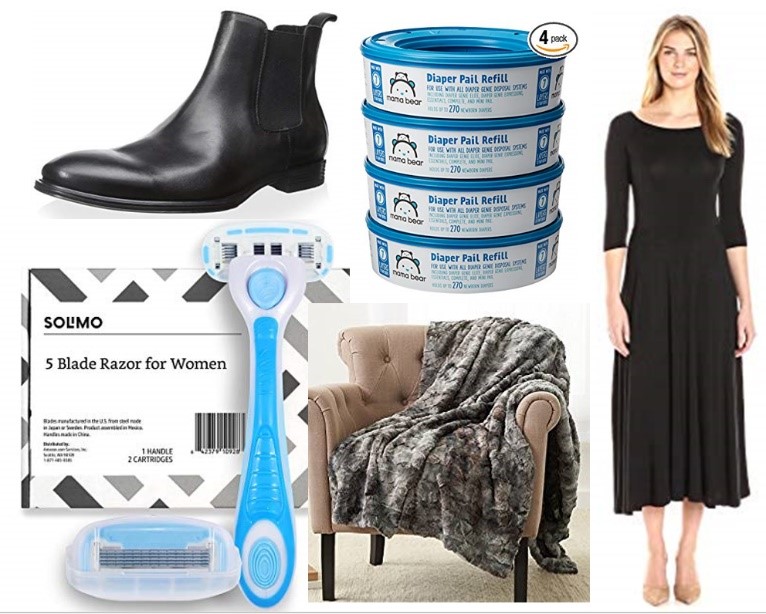Like the academic strategy of “Publish or Perish,” consumer brands often have a strategy of “Innovate or Die.” Many companies see product and service innovations as one of the most important paths to long-term business success. With innovation being a key predictor of economic growth, Statistics Canada conducted a three year survey about Innovation and Business Strategy. The results indicate that:
- 17% of Canadian enterprises partnered with other organizations to foster innovation
- 35% of those partners were clients or customers from the private sector
- 15% of those partners were clients or customers from the public sector
- 51% of companies across Canada encountered at least one obstacle to innovation
- 22% of companies said that uncertainty and risk are obstacles to innovation
That last statistic is interesting. Uncertainty and risk are serious obstacles to innovation. Indeed, can you even call something innovative if it’s not uncertain nor risky?
It costs millions of dollars to develop innovations, create sufficient retail partnerships to put those products in-store, and then market those products to consumers. The risk of being boring and not innovative could easily be seen as a good alternative to losing millions of dollars with a risky venture.
But does innovation really have to be that risky? Especially when the StatsCan data shows that companies are already partnering with customers? The path to decreasing that risk and, at the same time, improving the innovation, is not surprisingly through consumer research.
- Qualitative research with consumers is an excellent way for marketers to identify product and service gaps. Through focus groups and interviews, researchers can learn about consumer needs and desires, and identify areas where people need a solution to a problem. They can watch first-hand as people demonstrate problems with existing products and see how people try to accommodate for those problems.
- Consumer surveys can then identify the extent of the problem among a specified population. With a well-designed sample and questionnaire, marketers can learn whether a problem or need is experienced by 0.08% of the population or 8% of the population. Obviously, one of those results suggests that a positive venture lies ahead.
- Sensory tests are an important step in the development of any food, beverage, or personal care products. The taste, scent, and mouth feel of food and beverage products matter. Personal care products need to feel and smell good to consumers, not just to scientists or product developers.
- Package research can help marketers understand whether a new product will stand out among all the other options on the shelf, and whether consumers would actually want to choose. Can older people actually read the print? Can children identify it’s a product for them?
- Pricing research helps marketers understand which price point is best suited for their target audience. Sometimes, the best price is the same price as every competitive product. Other times, however, the best price is much less or even much more than competitive products. Pricing research will help to ensure that companies put the right value on their new product.
Clearly, that sounds like a lot of research. Perhaps even a lot of expensive research. However, the benefits of this carefully planned research investment are impressive. With a simple end goal of ‘creating a product that will sell,’ the entire process will result in a better quality product that a greater number of people will desire thereby improving the chances of business success.
Sounds like great ROI to me!




